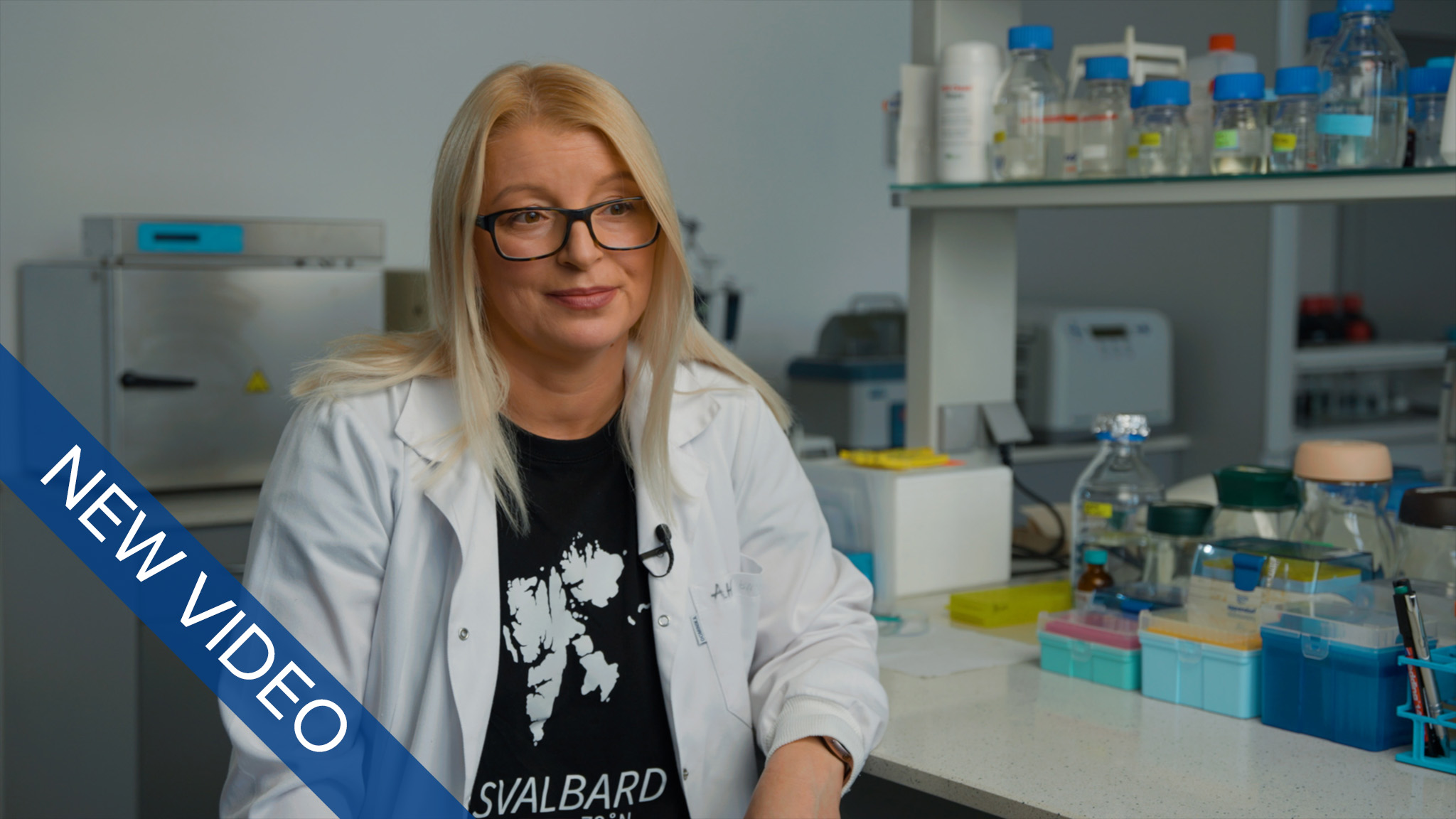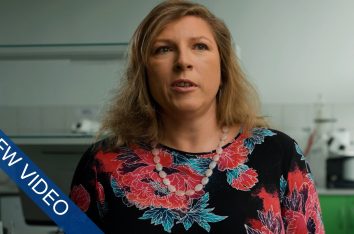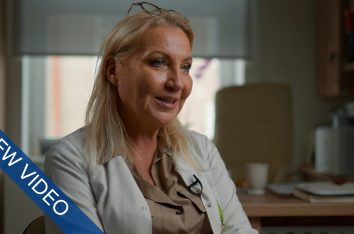Ageing of the population, an increase in the number of people suffering from lifestyle diseases, and widespread access to over-the-counter drugs are just some of the factors that contribute to global increase in sales and consumption of pharmaceuticals. Although they help millions of patients every day, their residues, which enter the environment without control, can be harmful to us. Which of these substances are particularly hazardous and why? How can they affect humans, and how can they affect marine ecosystems? Researchers are still looking for answers to many of these questions, as this type of contamination has not been properly understood yet. The topic is explored by Anna Hallmann, PhD of the Department of Pharmaceutical Biochemistry at Medical University of Gdańsk and Katarzyna Smolarz, PhD, a professor of the University of Gdańsk from the Division of Marine Ecosystem Functioning at the Institute of Oceanography of the University of Gdańsk, who are jointly studying the exposure of the ecosystem of the Arctic to pharmaceuticals, whose presence has recently been detected in this remote and unspoilt region of the world.
The research is being conducted as part of a project titled “PHARMARINE – Transport via ocean currents of human pharmaceutical products and their impact on marine biota in the European Arctic”. The consortium of the project is led by the University of Gdańsk, headed by Adam Sokołowski, PhD a professor of the University of Gdańsk from the Faculty of Oceanography and Geography.



